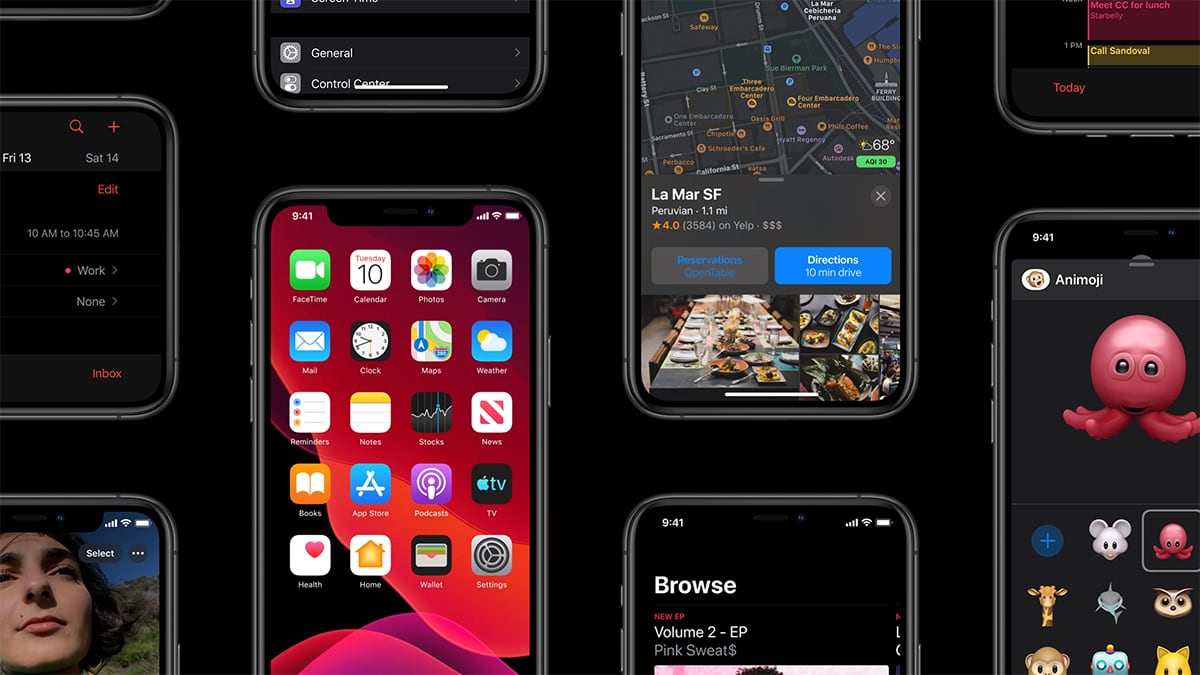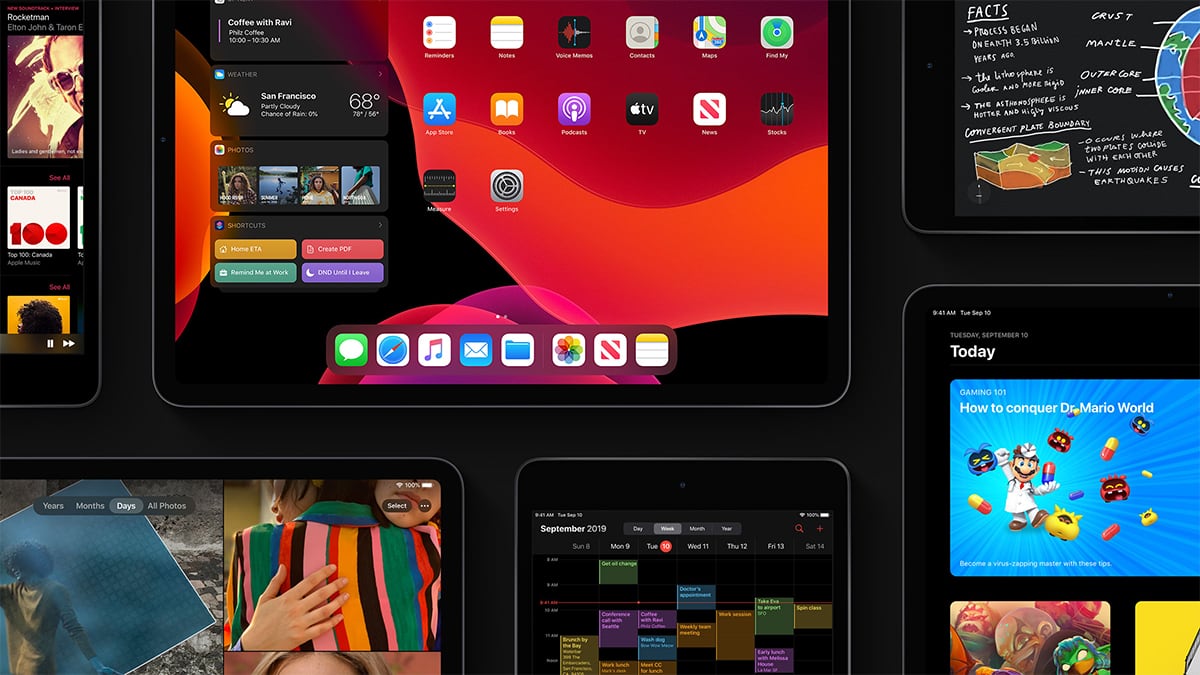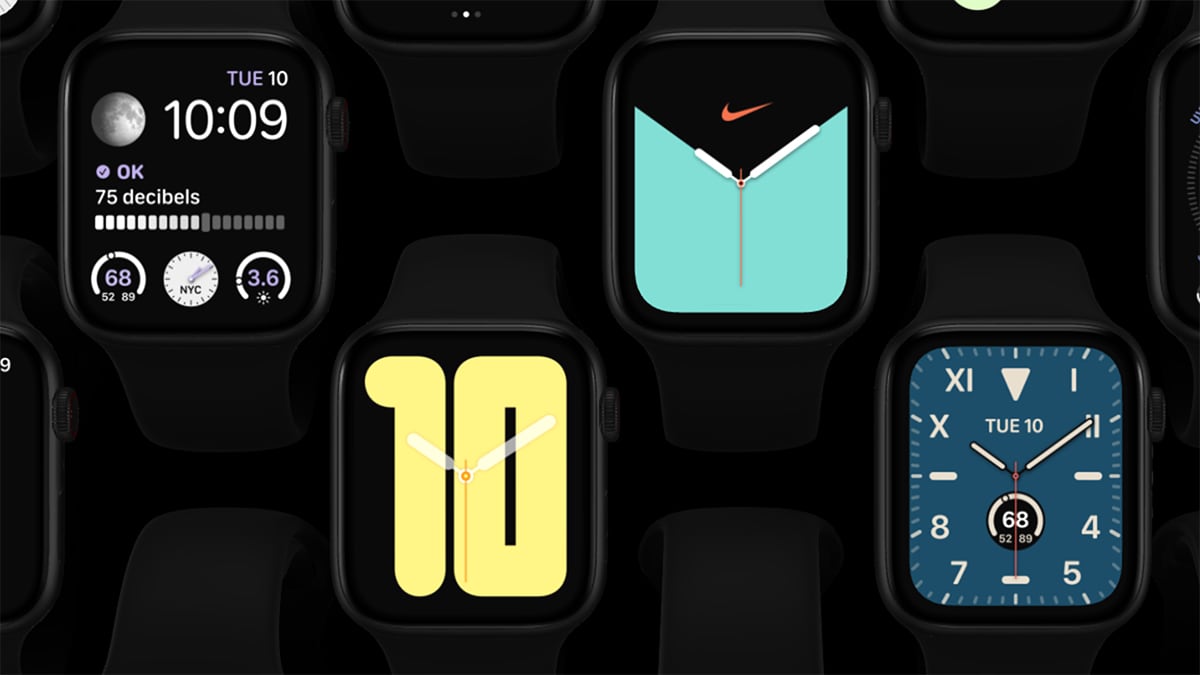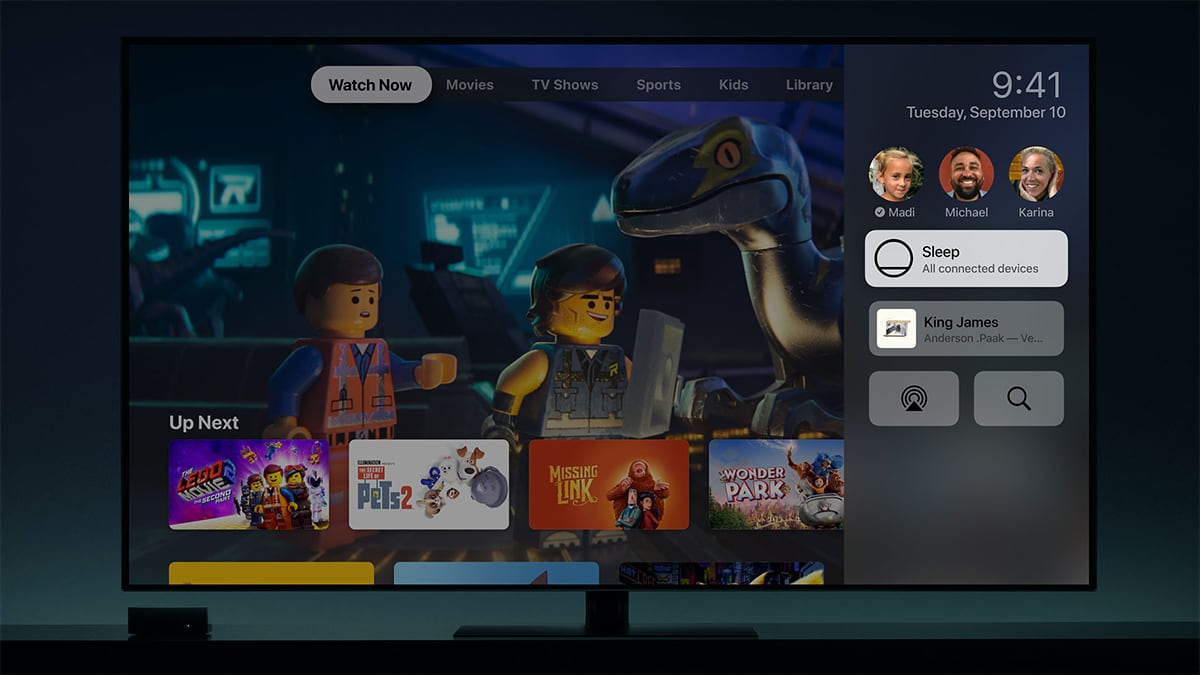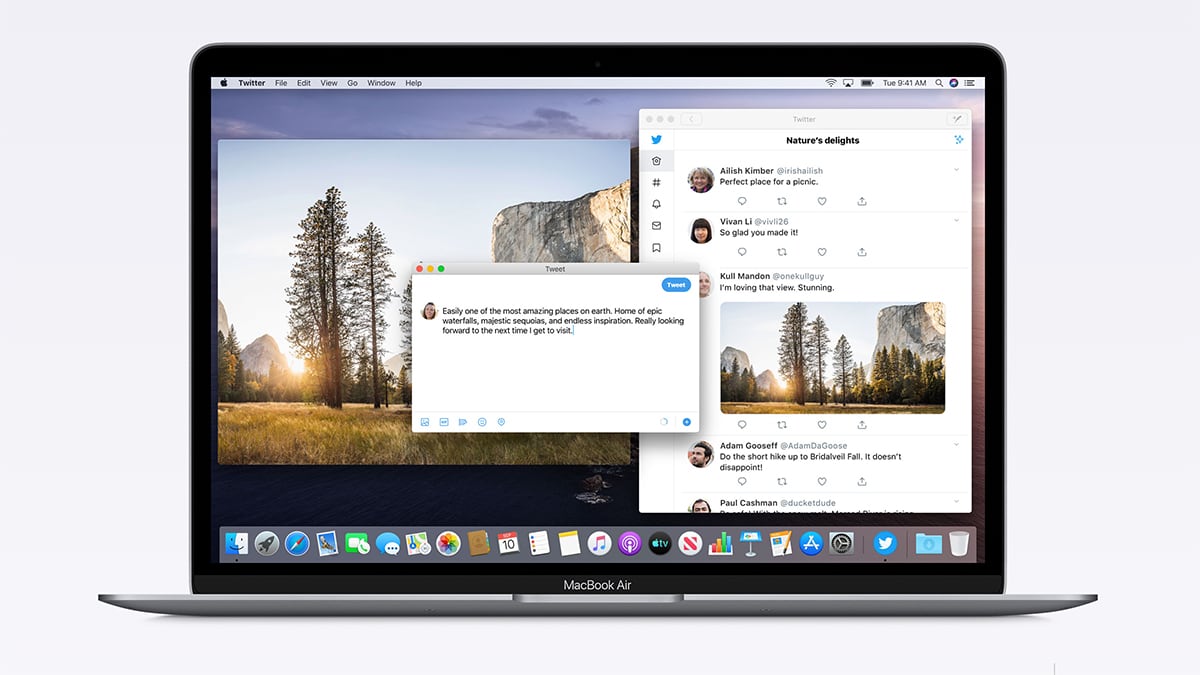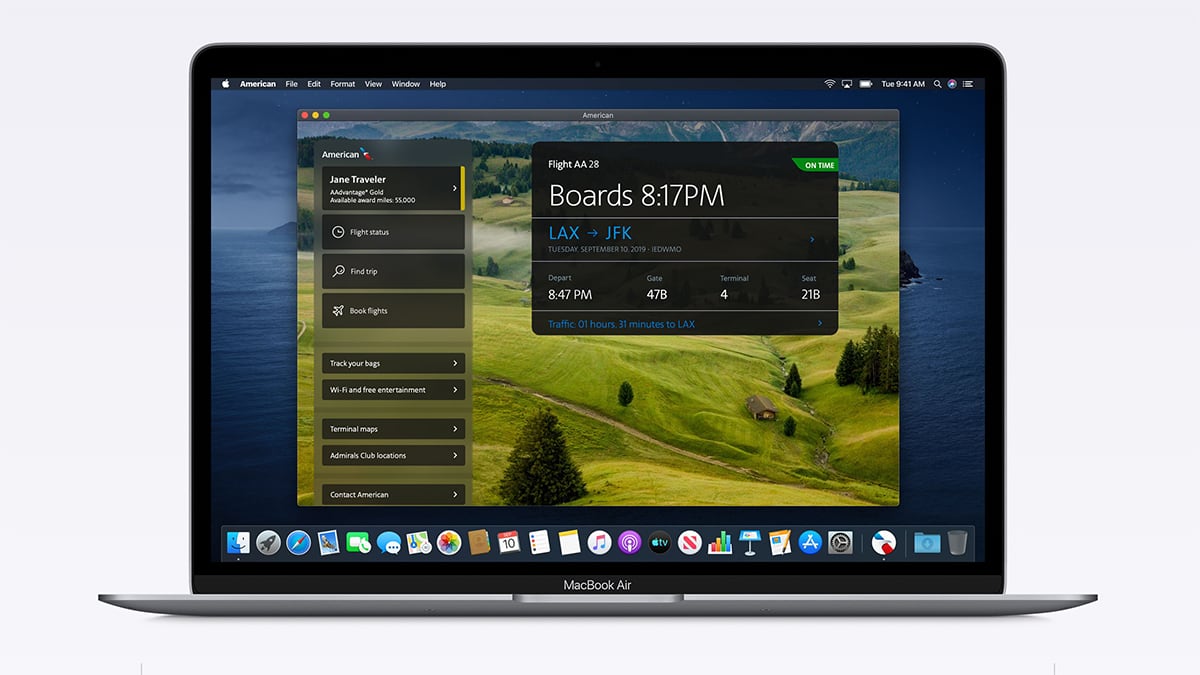
What to Expect From Apple’s WWDC 2020 Keynote? – iOS 14, ARM Macs, macOS 10.16 & Plenty More!
Apple's annual WWDC conference starts today (June 22, 2020) and kicks off with the company's widely anticipated keynote presentation. Considering that Apple's Worldwide Developers Conference is a software-related event, we expect to see a whole slate of new software products. The big emphasis will be on next-generation operating systems, including iOS 14, iPadOS 14, macOS 10.16, and more. However, what precisely can we expect from WWDC 2020, and were there any leaks pointing to new features of Apple's upcoming software and hardware products? Well, you can bet that plenty of information has already surfaced, giving us a glimpse at Apple's development process of yet unannounced products.
Let's note that before we jump into our WWDC 2020 predictions, we won't rely on rumors and leaks from sketchy sources. Instead, we're going to use our expertise in following Apple-related events, and we're going to rely on credible sources only. With this said, we expect many of the following WWDC predictions to come true, as you're about to see for yourself soon enough. So, finally, here's everything you need to know about Apple's WWDC 2020 keynote presentation.
iOS 14
Image Courtesy of Apple.
Without any doubt, Apple will primarily focus on this year's iOS update. Called iOS 14, we expect to see this new version of Apple's mobile operating system to come alongside new iPhones this fall. And considering that a leaked version has surfaced online earlier this year, there's no need to imagine what Apple has been working on – as plenty has been revealed.
Before we start talking about new features found in iOS 14, it's essential to keep in mind that iOS 13 wasn't exactly a rock-solid release. It was plagued by bugs affecting battery life, Bluetooth connectivity, problems with the Mail app, strange Siri behavior, and more. This is why Apple has decided to overhaul how it tests software. As a consequence, it's reported that prominent new features were postponed for 2021. Overall, we can all agree that having a stable operating system beats having plenty of features that don't work correctly.
After everything said so far, you might already believe that iOS 13 and iOS 14 will be the same, at least on the outside. However, that probably won't be the case. There was talk about a new list view option, already present on watchOS. This means that you'll see a list of icons on your home screen, making it easier to launch an app. There were also talks about customizable home screen widgets that could be moved around the screen, helping you create a unique home screen layout.
Don't worry, as iOS 14 should also come with a couple of new apps. Apple has been working on a new standalone fitness app codenamed "Seymor" that provides fitness videos and workout routines. And an app codenamed "Gobi" should focus on AR (augmented reality), which isn't surprising considering Apple's efforts to promote this technology (both via hardware and software).
Finally, let's not forget that Apple has been having plenty of legal hurdles in the last year. Just recently, the EU Commission launched an antitrust investigation targeting Apple. The company is also facing a class-action lawsuit related to in-app purchases. And previously, Apple has been fined $1.2 billion by the French competition authority. As a result of these legal actions, the company is now thinking of changing some of its rules. For example, iOS 14 is planned to allow you to pick a third-party app to be set as the default.
iPadOS 14
Image Courtesy of Apple.
Last year, Apple's iPad lineup separated from the rest of the company's mobile devices - in terms of its software. Now powered by iPadOS, this operating system allows Apple to focus on iPads in a way that wasn't possible previously. IPadOS now finally comes with support for trackpad and mouse input (via iPadOS 13.4). With this said, we expect Apple to continue working on iPadOS by providing some iPad-specific features. Even though not much is known at this point, certain rumors don't seem to be too wild.
We expect to see further improvements across the board, with Safari in particular. This Web browser should gain full Apple Pencil support in addition to a built-in translator. This means that Safari will detect the language of the websites you're visiting, and offer you an option to show you translated text without reloading the page. And when it comes to Apple Pencil input support, this could include adding annotations and converting handwritten notes into standard text.
Of course, keep in mind that iOS and iPadOS still share the same core. Therefore, everything we talked about in the previous segment (about iOS 14) is expected to appear on iPadOS 14 as well. In other words, not too many exciting features – but plenty of refinements where it truly matters.
watchOS 7
Image Courtesy of Apple.
We expect Apple to talk about watchOS 7 during the WWDC 2020 keynote as well. During the last couple of years, watchOS grew into a platform with a big emphasis on health- and fitness-related features. With this said, this year's Apple Watch will most certainly continue this evolution process by refining existing features and adding new ones.
Last October, a screenshot was leaked, indicating that Apple is working on a Sleep app. And back in 2017, Apple acquired a sleep-tracking hardware company called Beddit. With this said, it's clear that sleep tracking has been under active development for a long time now. It also wouldn't be a surprise to see Apple talking about sleep tracking, which could be an exclusive feature offered via this year's Apple Watch. In that case, sleep tracking isn't something we'll hear about at WWDC 2020, as these kinds of news are typically reserved for new product launch keynotes.
Another leaked information also points to blood oxygen tracking in watchOS 7. It's interesting to note that even the original Apple Watch has the required hardware to monitor blood oxygen levels, so it's unclear why we don't have access to that feature yet.
We also need to tell you that watchOS 7 will most certainly bring new watch faces – including a new Infograph Pro watch face with a built-in tachymeter. There were also talks about introducing a mode suitable for children, allowing parents to use their iPhones to manage which watchOS applications their children can use during certain hours of the day.
tvOS 14
Image Courtesy of Apple.
In case you didn't know, tvOS no longer powers Apple TV media streamers only. Earlier this year, Apple decided to switch its HomePod speaker to tvOS from iOS. Even though this didn't look like a significant announcement at first, it came with numerous essential and long-term consequences. Speaking of those, it's clear that Apple is thinking about the future of HomePod and developing features for devices that need a constant source of power to operate (which could result in more powerful features).
Even though rumors indicate that plenty of new stuff is coming to tvOS, we beg to differ. Apple has been evolving this platform at a slow pace over the years, and there's no reason to change that approach. After all, tvOS is a mature platform, which means that we can expect subtler changes and refinements at this point. As talked about earlier, iOS and iPadOS are supposed to let you choose third-party apps as the default option. This could translate to tvOS in the sense of selecting a permanent audio output option. The same goes for the company's Screen Time feature, which could now include your TV watching habits.
Among new features, there were rumors about a Kids Mode. As you can expect, this is a personal user profile created for children, allowing Apple TV owners to restrict certain kinds of content and review their kids' tvOS-related activities. And finally, we've seen numerous indications that a new Apple TV is one the way. This doesn't come as a surprise, considering that it's been years since the previous generation appeared. However, not much is going to be new, except for a new processor (Apple's A12X CPU, maybe?) and 64GB/128GB of storage.
macOS 10.16
Image Courtesy of Apple.
Interestingly enough, there are very few rumors and no leaks regarding Apple's macOS 10.16 – which will most certainly be unveiled later today at WWDC 2020. We've only heard stories about Apple planning to introduce a new version of the Messages app, based on a Catalyst version. This means that the company will transfer its iOS app to macOS, which would also mean that we'll get iOS-related features of the Messages app on our Macs.
We hope that Apple has an excellent reason to keep macOS 10.16 hidden so well. That's because the company will most certainly announce the transition to ARM processors during the WWDC 2020 keynote. This would mean that macOS 10.16 will be the first ARM-optimized version with plenty of interesting correlations. We'll talk more about ARM processors in the following segment, so keep on reading.
Next-Gen ARM Processors
Image Courtesy of Apple.
We come to what's going to be perhaps the most talked-about thing regarding WWDC 2020. We've seen numerous reports on Apple's plans to switch from Intel to ARM processors. These rumors started out years ago, but they picked up pace in a dramatic way during the last couple of months. This indicates that Apple might finally be ready for a new era of its mobile and desktop computers.
During the last couple of years, Intel has been underperforming in pretty much every possible sense. We've seen reports on Intel's CPUs being affected by vulnerabilities and very serious exploits. However, that's not the main problem here. The problem is that Intel's CPUs have been evolving at a very slow pace, while the opposite happened with Apple's ARM processors, which are now capable enough to power computers even. These ARM chips offer better performance for graphics and AI tasks while being substantially more power-efficient. This means that the next generation of Apple laptops could be faster and thinner and should come with long-lasting battery lives.
You should also know that for this transition to work, Apple must optimize macOS to run on these new ARM chips. We're talking about a completely different software architecture that's similar to iOS and iPadOS. And considering that Apple has been pushing developers to create Catalyst apps (that run on iOS and macOS simultaneously), the final piece of the puzzle is almost there.
Remember that we're talking about a substantial transition here, which will most certainly take some time. Differently said, we don't expect to see ARM-powered Macs until 2021 at the earliest. Keep in mind that Apple announced their switch from PowerPC to Intel at WWDC 2005, and the first wave of Intel-powered Macs appeared in January 2006.
Possible Hardware Announcements
Image Courtesy of Apple.
Let's remind you once again that WWDC events are primarily focused on software. However, on occasion, Apple did manage to surprise us with a few hardware reveals in the past. Even though there are strong indications that new hardware won't appear at WWDC 2020, let's take a quick look at some of the most credible leaks from the last couple of months (just in case Apple decides to surprise us once again).
Talks about a new iMac have been circling for a while now. Considering that it's been years since Apple updated their main desktop computer in a substantial way, we're sure that a new version is on the horizon (maybe even an ARM-based one). And as reported earlier, leaks say that a new Apple TV is all but ready to be unveiled. And among other rumors, there was plenty of talk about a Tile-like Bluetooth tracking devices (AirTags) as well as all-new headphones called AirPods Studio. Of course, there are plenty more rumors online, but we'll choose not to trust them for a single reason – everything said in this segment is related to code snippets found in iOS 14, which makes us sure that Apple is working on those products. There's always a question of their release date, which is currently unknown.
So, are you looking forward to Apple's WWDC 2020? Do you have any predictions on your own? We've love to hear from you, so make sure to post your comment below. And of course, stay tuned to TechNadu as we'll make sure to cover WWDC 2020 in-depth!

